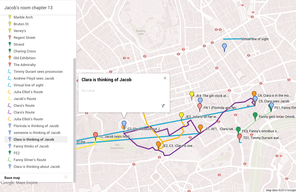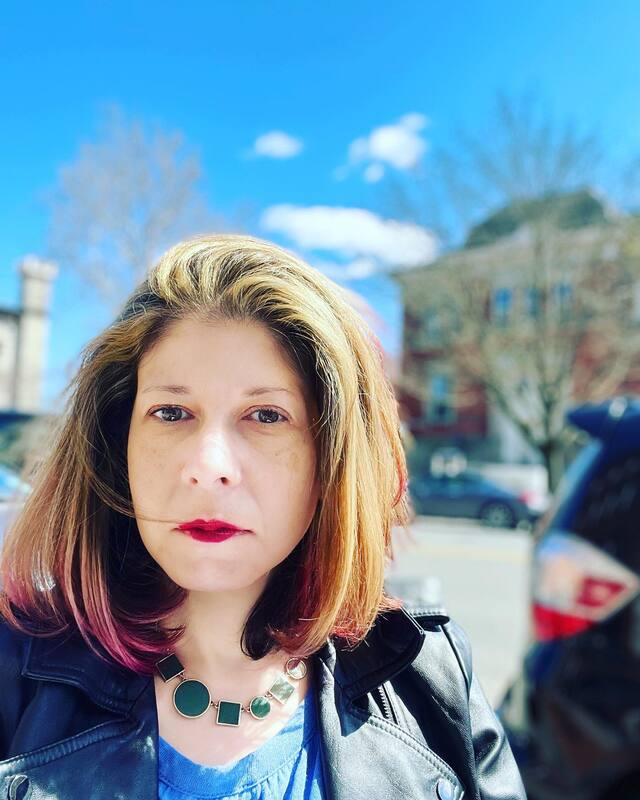 In my English 1102 “Digital Woolf” class at Georgia Tech this fall, we began with Howards End (1910), by Virginia Woolf’s contemporary, E. M. Forster, which we followed with Woolf’s novels, Jacob’s Room (1922), Mrs. Dalloway(1925), and To the Lighthouse (1927).[1] We will be concluding the course with her essay, A Room of One’s Own(1929). Along the way, the class viewed and blogged about the film of Michael Cunningham’s The Hours (2002), an adaptation of Mrs. Dalloway. Our focus on Woolf presents students with the opportunity to understand her imagination and complexity. As we began reading Jacob’s Room, the students found it incomprehensible and unlike other novels that they had read. In Jacob’s Room, Woolf displaces the elements that we come to expect in a novel. She subordinates plot in favor of sensory perceptions. When Woolf published Jacob’s Room, she was dissatisfied and felt she “could have screwed Jacob up tighter if I had foreseen; but I had to make my path as I went.”[2] Read more at TECHStyle: A Forum for Digital Pedagogy and Research by the Brittain Fellows at Georgia Tech.
0 Comments
Your comment will be posted after it is approved.
Leave a Reply. |
